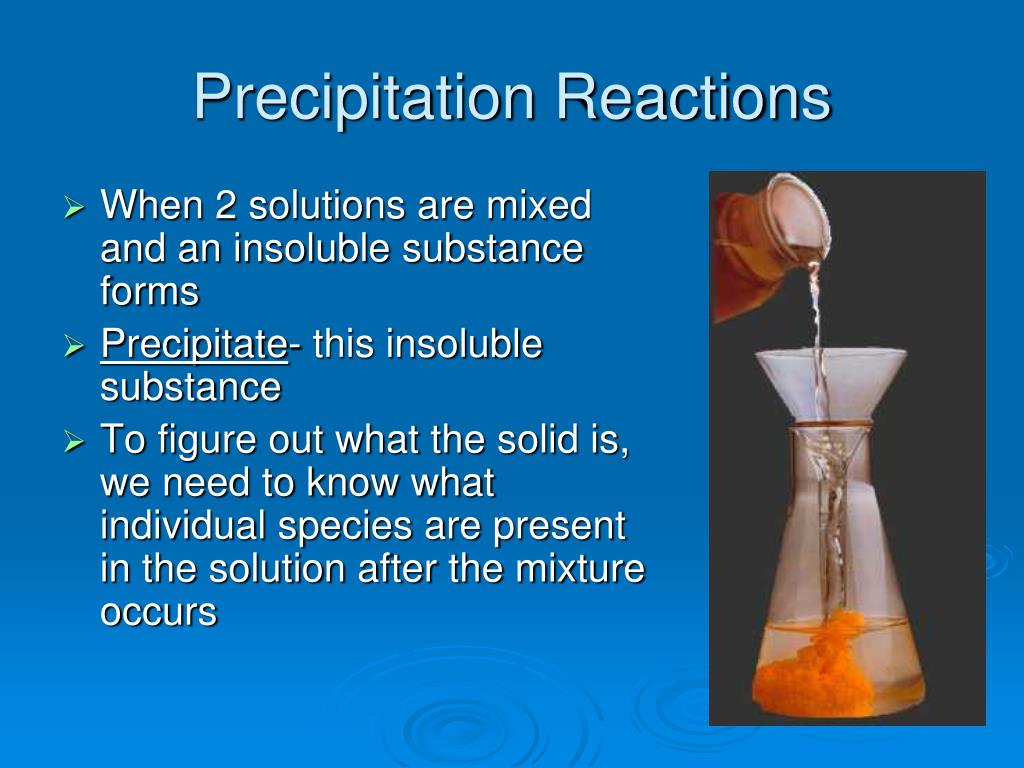

Temperatures below freezing from the clouds to the ground are favorable for snowfall. As the water vapor forces the droplets to evaporate, the crystals might grow in size at the expense of the droplets.Īs snowflakes, these drops descend from the atmosphere due to their mass. Snow is made up of flaky ice crystals with an average density of 0.1g/cc. Watershed extremes such as floods and droughts are caused by this fluctuation. The amount of rain falls in a wide range of sizes, both temporally and spatially. As larger drips fall to the Earth's surface, they break up into smaller drops. The process of coalescence occurs when water droplets unite to produce larger water droplets and when water droplets freeze onto an ice crystal. Raindrops can grow up to 6mm in diameter. It is made up of little water droplets that get heavy enough in the clouds to fall to the earth's surface. Rain is the most prevalent type of precipitation. Rain, fog drip, snow, sleet, hail, ice palette, and graupel are the different types of precipitation. When the liquid forms come into contact with the air mass in the freezing temperature, it transforms into: Freezing Liquid water when it contacts the surface.In liquid form, the precipitation occurs in the form of: The frozen forms of the water that is precipitated include: Depending on the form the water takes place, it is divided into three categories such as: Precipitation brings in the deposit of freshwater on our Earth, hence it plays a major role in the water cycle. Furthermore, other forms of precipitation such as drizzle, sleet, and fog drip are not seasonal.

Summer, on the other hand, brings rain and hail. Snow and graupel are the ones that are linked with winter. Dew condenses on objects and fog condenses in the air.įurthermore, certain forms of precipitation are associated with summer and others with winter. It's because they're both instances of water condensing. Fog and dew, on the other hand, do not come within the category of precipitation. Precipitation includes both heavy and mild rain, as well as snow, drizzle, and hail. The cooling of air molecules and the addition of water vapor are the two processes that cause the air to become saturated. Precipitation, for example, occurs when a portion of the atmosphere becomes saturated with water vapor, which then condenses and precipitates when the temperature is just perfect. It's a chemical reaction in which two ionic material solutions are combined to generate a solid ionic substance (a precipitate). Precipitation reactions are also useful to extract elements, like magnesium, from seawater.Precipitation is defined as any liquid or frozen water that exist in the atmosphere and falls to the Earth's surface. For example, a barium nitrate solution will react with sulfate ions to form a solid barium sulfate precipitate, indicating that it is expected that sulfate ions are present. Precipitate development is valuable in the detection of the type of cation in a salt. Subsequently, the precipitate may easily be separated by filtration/decanting or centrifugation. Antisolvent is added - This radically drops the solubility of the desired product.Using a supersaturated solution - Without sufficient force of gravity (settling) to bring the solid particles together, the precipitate remains in suspension.The chemical that leads the solid to form is called the precipitant. Temperature of a solution is lowered - The lower temperature reduces the solubility of a salt, resulting in its precipitation as a solid.Two soluble salts react in solution to form one or more insoluble products.Powders derived from precipitation are known as flowers. The precipitate-free liquid remaining above the solid is called the supernate or supernatant. Precipitate is referred to as a pellet after sedimentation when using a centrifuge to press it into a compact mass. When the reaction occurs in a liquid solution, the solid formed is called the precipitate. Precipitation is the creation of a solid in a solution or inside another solid during a chemical reaction or by diffusion in a solid.


 0 kommentar(er)
0 kommentar(er)
